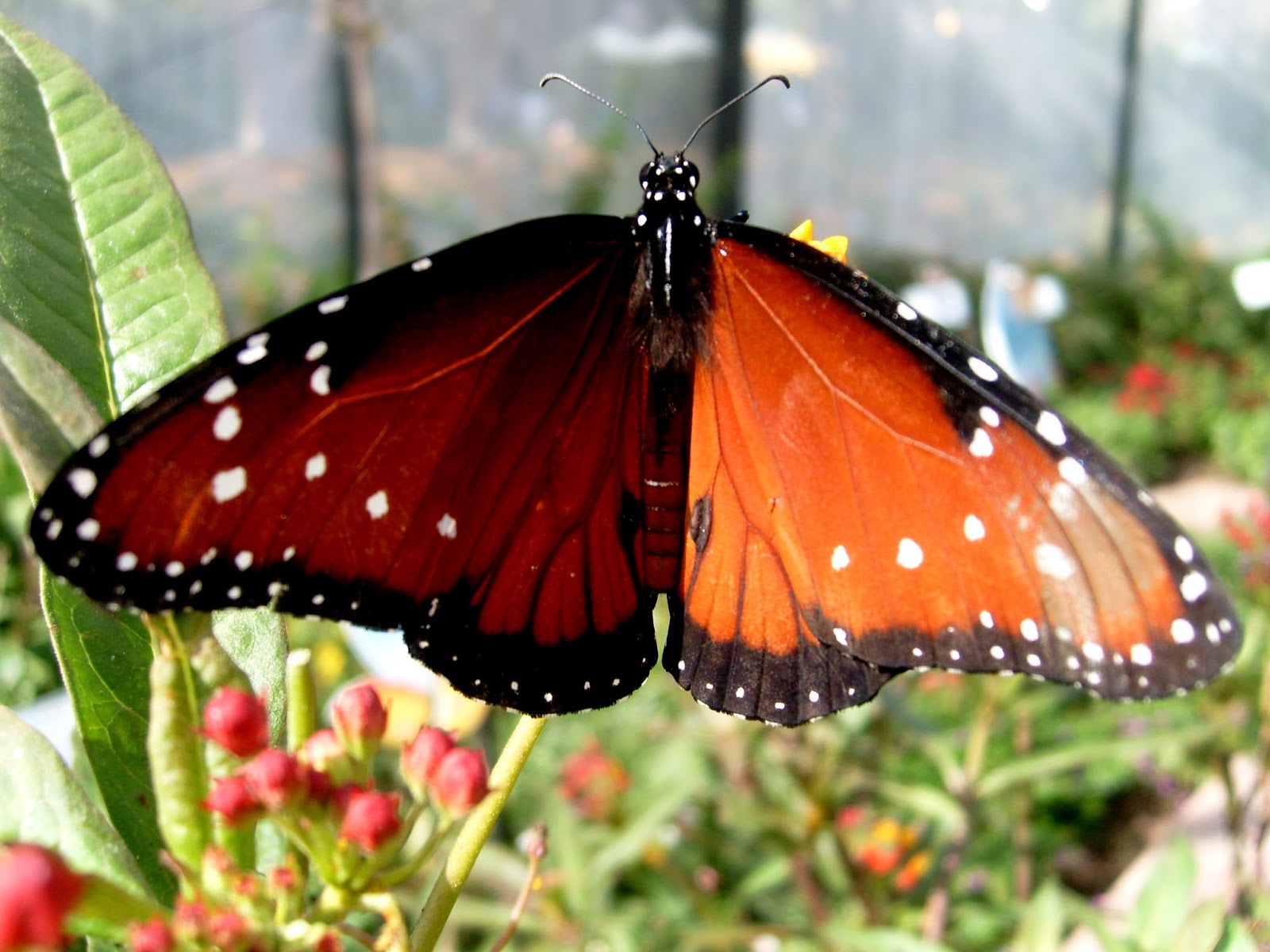

Milkweed not only provides food for monarchs, it also supports other pollinators such as honey bees that are vital to agriculture. This region, which includes Illinois, Indiana, Iowa, Kansas, Minnesota, Missouri, Ohio, Oklahoma, Texas and Wisconsin, is the core of the monarch’s migration route and breeding habitat. NRCS is working with agricultural producers in the Midwest and southern Great Plains to combat the decline of monarch butterflies by planting milkweed and other nectar-rich plants on private lands. Agricultural producers are part of the solution Caterpillars need to feed on milkweed to complete their life cycle, and adult butterflies need the right nectar producing plants in bloom for needed energy.


Because monarch butterflies are always on the move, they need to have the right plants at the right time along their migration route. Agriculture and development have removed much of the native milkweed that once spanned the country. But monarch populations have decreased significantly over the past two decades, in part because of the decrease in native plants, including milkweed, on which their caterpillars feed. Monarch butterflies depend on milkweed to lay their eggs during the journey. The orange-and-black butterfly is known for its annual, multi-generational migration from Mexico to as far north as Canada. Monarch Butterfly Conservation on Working Lands (4.88 MB)


 0 kommentar(er)
0 kommentar(er)
